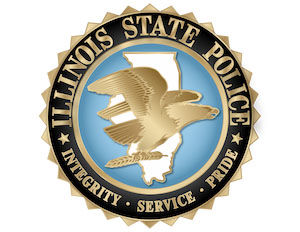via Radio Iowa
A new national Tap Water Database is now online that details water testing and contaminant information from nearly 50,000 public utilities — including 1,100 utilities in Iowa serving almost three-million people.
Sydney Evans, a science analyst with Environmental Working Group, says the comprehensive consumer resource is user-friendly and it’s free. “If you go to the Tap Water Database, all you have to do is type in a zip code,” Evans says. “It’ll bring you a list of the utilities that serve that area, you can find yours and review all of the data that’s available on the page.”
Given all of Iowa’s agricultural activity, she says many Iowa water systems have trouble with nitrate contamination, which comes from things like farm fertilizers, manure and runoff. “The original legal limit was set at ten parts per million to protect from what’s called Blue Baby Syndrome,” Evans says, “but now we know that really low levels of nitrate can actually increase risk of cancer, particularly colorectal cancer and other reproductive outcomes at much lower levels.”
Switching to bottled water isn’t a good solution, as Evans says it often contains the same contaminants as tap water in addition to breakdown products from the plastic bottle itself. Plus, bottled water is more expensive. Evans recommends all homeowners consider investing in a home water filter.
“On each system page at the bottom of the page, there is a table that shows which filter types work for which contaminants for your water specifically,” Evans says. “We want people to choose what’s best for them, not only for the contaminants that it can reduce or remove, but also the type of filter that’s going to work for your budget and your lifestyle.”
While a home filter system can help protect your family, she says better water quality overall will require action at local, state and federal levels. Evans says, “We also include recommended questions to ask your elected officials about water quality to start that conversation on a local level so we can start making changes, figure out what we need to do to strengthen these regulations and also support our water treatment systems and provide the resources and infrastructure that we need to get this better water quality.”
Evans recommends everyone give the database a look, as she says just because your community’s tap water gets a passing grade doesn’t mean it’s safe. Federal limits for new contaminants in tap water have not been updated in almost 20 years, according to Evans, while more than half of the contaminants detected in U.S. tap water have no federal regulatory limits at all.




















